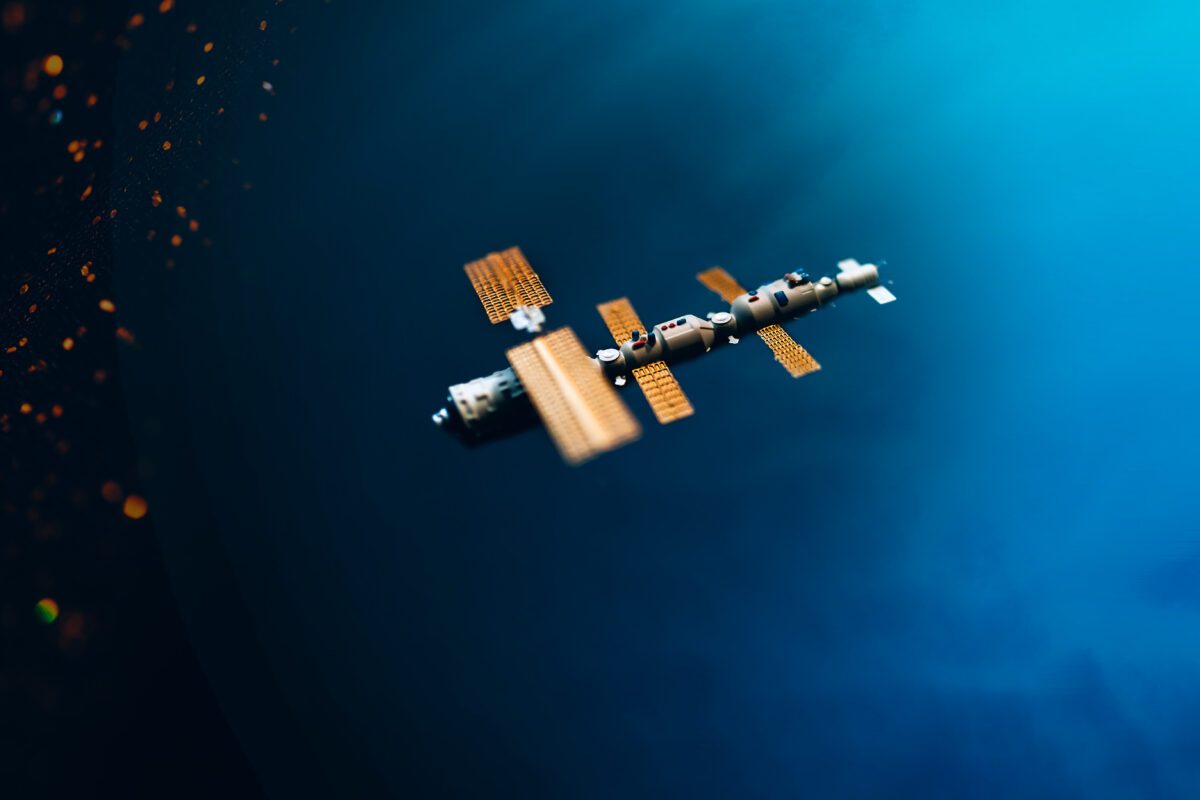GPS systems enable the user to locate and navigate easily, but what happens in the background is usually hidden from the user. Ephemerides play a major role in this context and are absolutely necessary for a functioning GPS system.
The term ephemerides means something like “for a day”, these are position values of astronomical objects in relation to the coordinate system used. For satellites, ephemerides describe the apparent orbit; the name expresses the fact that such position information is usually given for one day at a time. The calculation takes place using orbital elements, using tables and current positions of the sun, moon, planets and comets.
Importance of Ephemerides for GPS and Application
In navigation systems such as GPS or GNSS, ephemerides describe the orbit; this data is part of the signal broadcast by each satellite. This data is then used as a basis for calculating the receiver position.
To estimate a collision between two bodies in the solar system, it is necessary to know exactly the positions of the bodies and the evolution over time. Therefore, such catalogs are created for asteroids in order to be able to determine their orbit data more precisely, which is usually only poorly known. This is particularly important for Earth orbit cruisers, as an impact on Earth poses a threat. The time and position of the sunrise and sunset at a specially chosen location is of particular importance for photographers, among others; this is also of interest to many people. This calculation can also be used to calculate the effectiveness of solar systems. Architects also use this data to estimate the amount of sunlight entering a building.

The ephemeris calculation
The calculation of ephemerides takes place based on actually observed positions of celestial bodies and the theory of gravity. In order to continuously obtain current values, expected disruptions to the path are taken into account. Because of this, special calculation models are set up, for example the planetary theory, which determines the perturbation theory.
Time reference and table intervals of ephemerides
The orbital speed and rate of change have a significant influence on the table intervals; for fundamental stars and distant planets it is around 10 days; for the moon, sun and inner planets it is around 1-2 days.
GPS system support
Ephemeris are also sent by the satellites of the GPS system. GPS satellites send a lot of information at regular intervals, this is received by GPS trackers, and this data is used to reliably calculate your own position and any further movement. Ephemerides are therefore of great importance for correct position determination and are necessary for the function of a GPS system.



